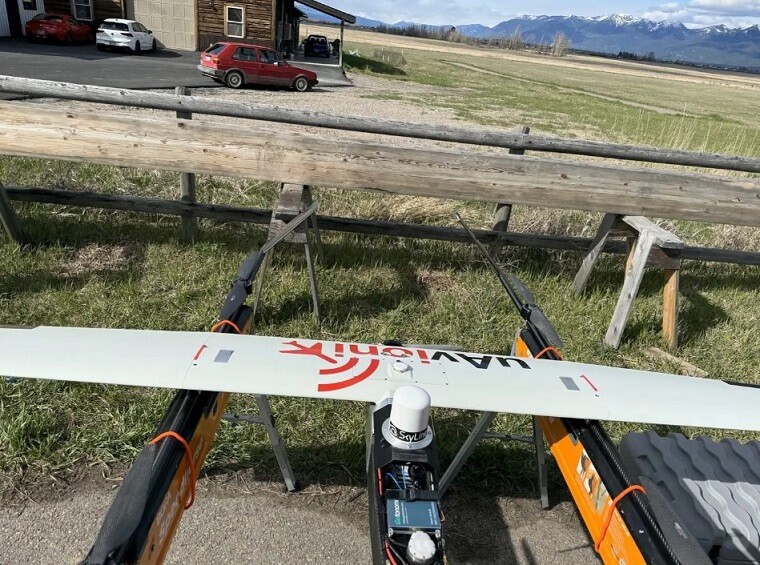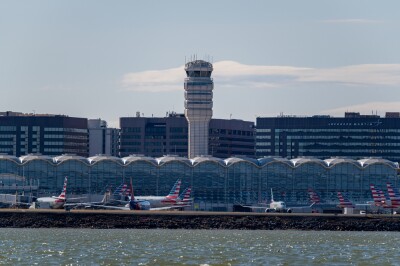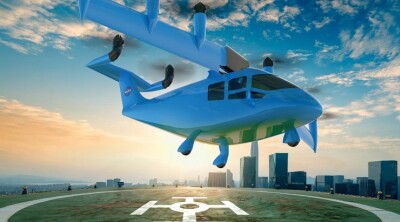It has been said that for uncrewed flights beyond the visual range of the operator (BVLOS) to happen and become a daily reality, six items need to be fined tuned or implemented, namely:
- Regulation. Every country must decide what rules and regulations will norm uncrewed aviation when the pilot is nowhere near the aircraft and the operation is monitored remotely, even outside its borders. In the US, that regulation is close to becoming a reality as we wait for the Federal Aviation Administration (FAA) to publish its Notice of Proposed Rulemaking (NPRM) later this year.
- UTM. Uncrewed Traffic Management systems will have to become ubiquitous and widespread to manage the interaction between crewed and uncrewed aviation without the intervention of air traffic control (ATC). If the deployment of thousands of drones and hundreds of air taxis need air traffic controllers to guide them through the maze of airways, we will never have them in the National Airspace (NAS). A fully automated and reliable system needs to be in place and available to ATC in case of emergency.
- DAA. Detect and Avoid technology will have to be placed in almost every vehicle that wishes to use the NAS. In the case of general aviation (GA), there is already a similar technology called ADS-B (Automatic Dependent Surveillance and Broadcast) which constantly transmits location, direction of flight, altitude, speed, and FAA registration. Both types of aircraft will have to have the means to tell each other all that information to allow automated systems to take evasive action if need be.
- Redundant Communications. Given the unreliable nature of cellular communications and the need for a secure and uninterrupted link between uncrewed aircraft and their remote pilots, redundant means of communications need to be present at all times, such as satellite WiFi or any other technology that would ensure that there will be no gaps in connection between base and aircraft.
- Emergency Systems. This last item has been the subject of some controversy as drone manufacturers fight the need for parachute systems as they add weight and reduce the useful payload, hence diminishing competitiveness. In the opinion of most experts, having a ballistic parachute onboard in case of mechanical malfunction is a good way to bring the regulator to approve legislation for BVLOS.
- Ground Infrastructure. Assuming that drones and air taxis will use existing airports is a fantasy and therefore these new aircraft will have to have their own base of operations. In the case of air taxis these novelty installations are known as vertiports and there are many initiatives around the world headed in the direction of design and construction as we write this article. In the case of delivery drones, private companies are already investing billions in the establishment of specialized installations in their gigantic warehouses that would handle the traffic in and out of the distribution centers.
So, the question is how many of these six items are ready to go? Given recent developments, we think DAA is getting ready to take off, no pun intended. In two different announcements, separated by just one day, uAvionix, the leading DAA company in the USA made clear that this technology is bound to be used by crewed and uncrewed aviation in equal measure.
In the first press release on April 16, it was announced that the company had “…been awarded a Federal Aviation Administration (FAA) Broad Agency Announcement (BAA) contract to scale C-Band frequency management for Uncrewed Aircraft Systems (UAS) Command and Control (C2) communications to a regional level with multiple UAS operating in proximity to one another.”
This is a purely uncrewed aviation technology aimed at creating order in areas where hundreds of drones will be sharing the NAS and where absolute coordination is not a nice-to-have, but a total must have.
The second announcement on April 17 highlights that its “FlightLine ADS-B surveillance and situational awareness system has been selected by the FAA as a qualified product for Air Traffic Control (ATC) use for reducing the risk of runway incursions at U.S. airports.”
This one is solely crewed aviation, and it comes at a very good time when the industry is in a bit of turmoil given the number of recent runway incursions and close calls in almost every busy airport in the USA.
DAA might be an anomaly given the close relationship between traffic monitoring in every phase of flight of both drones and general aviation. The recent acquisition of Iris Automation by uAvionix, and the fact that the CEO of Iris would be named the leader of the new entity, is an indication that these two flying modes, with and without a pilot on board, are getting closer.
On top of DAA, uAvionix just announced, a few hours before this article was published, that they are partnering with Viasat to increase reliability in communications for uncrewed aircraft. This means that they are now checking two of the six boxes in the BVLOS list.
The fact that one company is working in parallel in both crewed and uncrewed technology gives hope that eventually all six items in the above-mentioned list will follow similar development paths, ensuring that every T is crossed and every I is dotted in order to have full integration of crewed and uncrewed aviation in the National Airspace for the benefit of all.















Comments